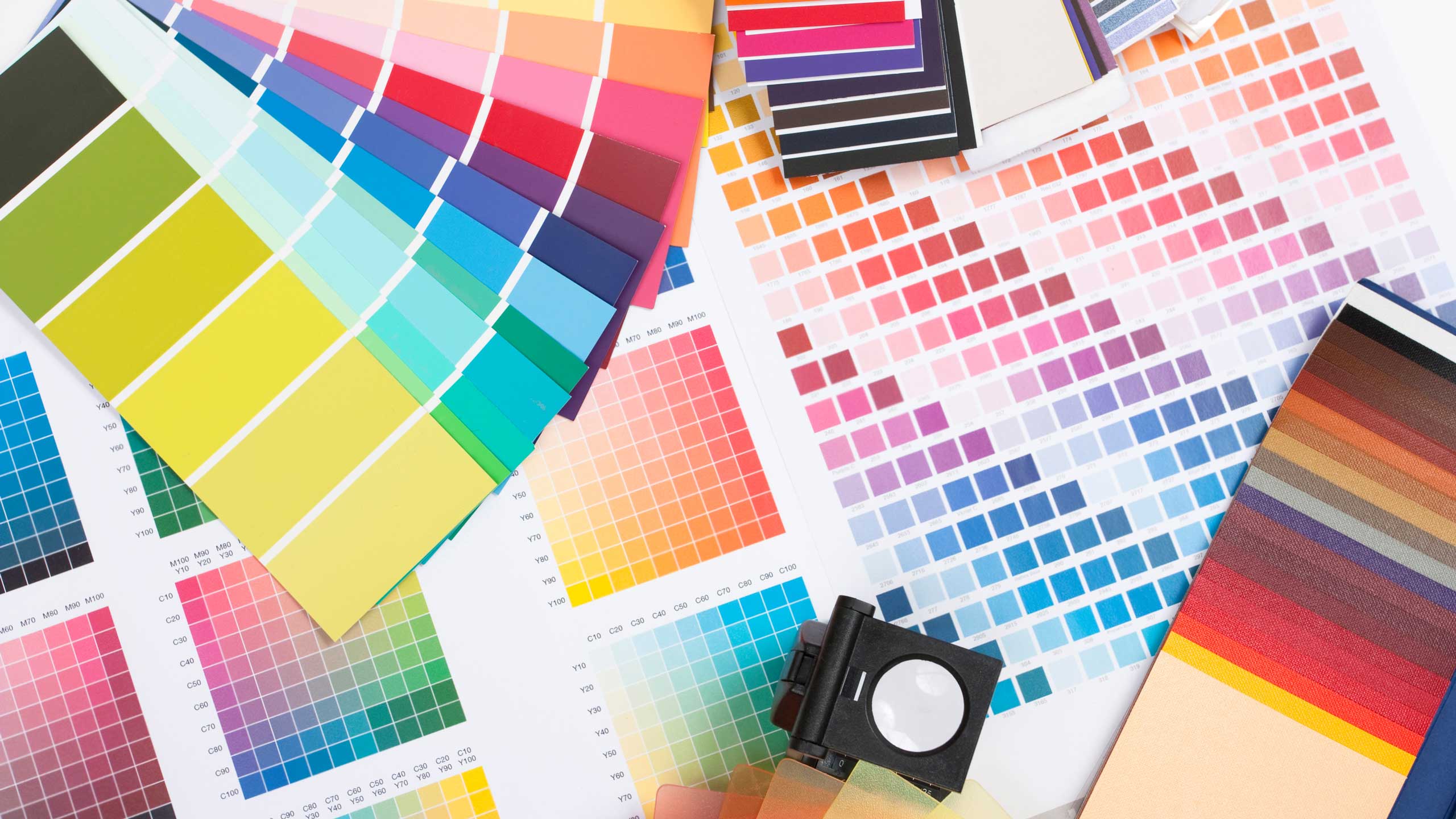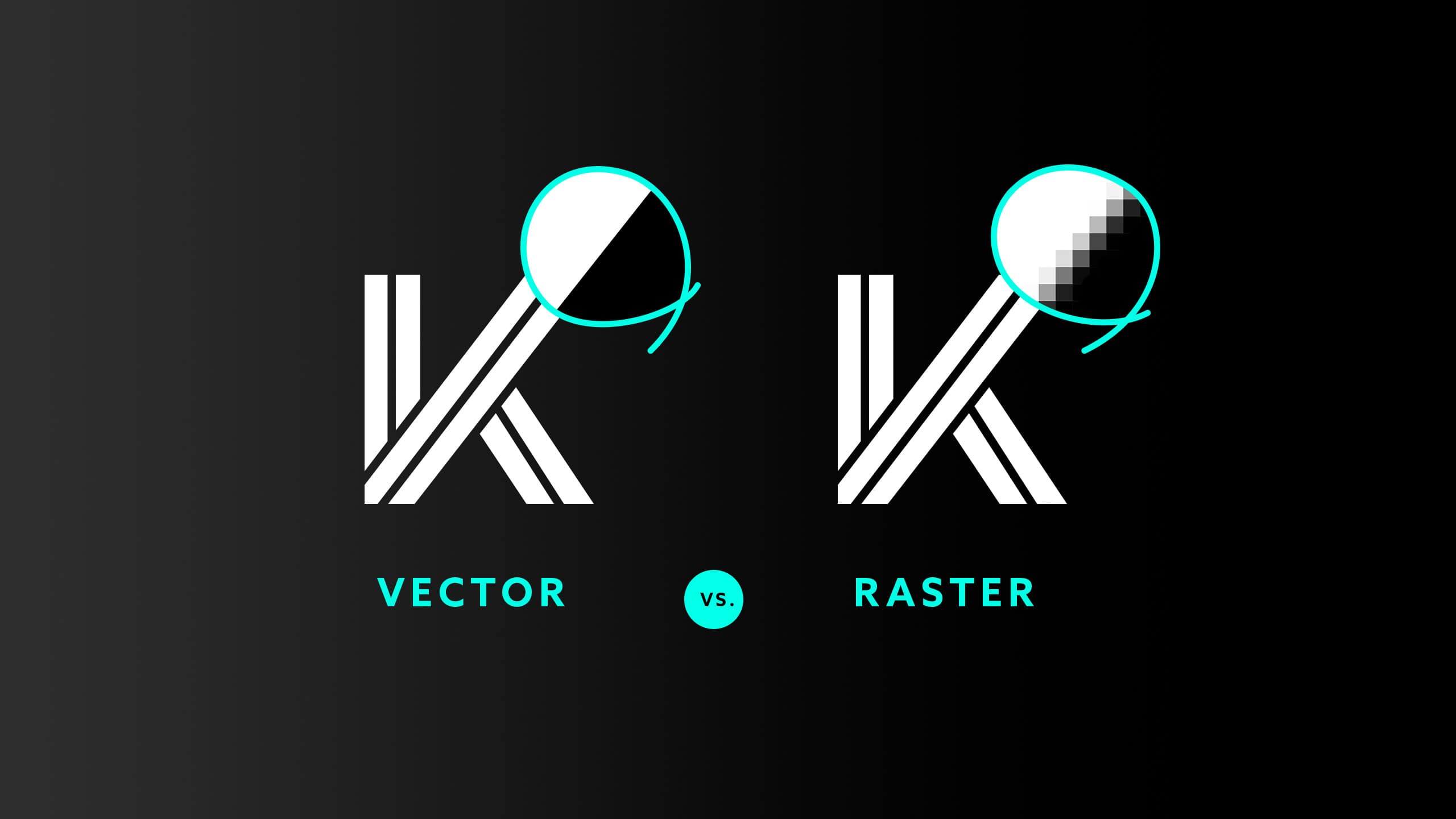Colour has the ability to make deep connections with individuals and demographics in subtle ways.
The colours we use in design go much beyond simply picking our favourites. The colours used in all marketing materials, from logos to business cards, should be carefully selected to suit the brand’s needs.
Here is a short list of four things to consider when choosing colours:
Emotion
Colour can evoke subtle emotional reactions. If a brand is looking to convey feelings of calm or comfort.
Conversely, an intense red colour can imply passion, energy or aggression.
However, colour combinations can have stronger meanings than individual colours. For example, green is linked to feelings of growth and red to feelings of energy. However, a logo that combines red and green is more likely to make your audience associate it with Christmas instead of growing energy.
Demographic
Your target demographic should also be taken into account when choosing brand colours. For example, different age groups, genders, and cultures may associate certain colours differently.
For example, a navy blue and cream colour scheme may appeal to a demographic of mature business people but could appear boring and easily dismissed by a group of teen girls. For companies in a global market, it is also important to remember that colours may have different connotations within other cultures.
Market
Take a look at your competitors and see what colours they are using. Of course, you don’t want to blend in with the crowd, but you also don’t want to choose colours that clash with your competitors.
There are two important reasons to consider the colour schemes that your competitors are using.
The first is to make sure your company stands out among your competitors, as you do not want your brand to be overlooked or confused for another business.
It may be important to include for audiences to understand your business. The key is to find colours that stand out against competitors but still feel like a natural fit within your industry. Your chosen colours must make sense for the market without blending in with competitors.
Trends
Be wary of fads. Popular colours come and go like any trend, and choosing an overly trendy colour is a sure way to make your brand look dated before its time. SupposeFor example, suppose pink is a hot colour right now. In that case, you may consider using it on an event promo piece with a limited lifespan. Still, you should probably avoid using it for your corporate identity. Your brand colours should be timeless and not dependent on the current fashion.
Conclusion
Choosing the right colours for your brand is an important decision that can greatly impact how your business is perceived by consumers. It can make a brand cohesive, memorable and recognizable.
By considering factors such as emotion, demographic, market, and trends, you can create a brand identity that resonates with your target audience and sets you apart from the competition.
Ultimately, it is important to look past personal preference and choose what is right for your company, your market and your brand.
–
At KEEN Creative, we value the importance of strong brand design. So don’t hesitate to reach out for help when needed. Part of our process is educating our clients on the importance of maintaining a consistent and effective brand image. Our team of experts will be happy to assist you in keeping your brand looking its best.



